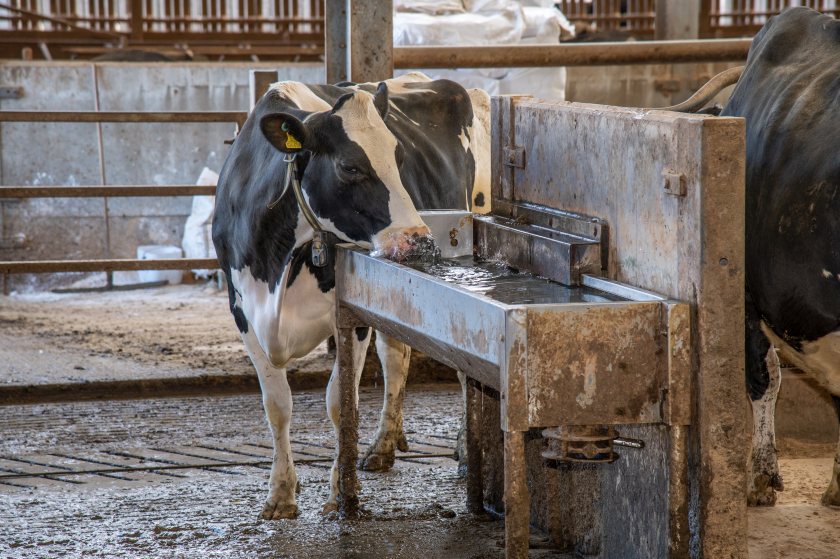
With soaring summer temperatures threatening milk yields and fertility, dairy farmers are being urged to act fast to protect their herds from heat stress.
ForFarmers highlights that dairy cows perform optimally within an ambient temperature range of 5°C to 25°C, or lower when humidity is elevated.
“We don’t operate at our best when we’re hot and bothered and the same applies to cows,” explains Andrew Torrens, ruminant specialist at the feed firm.
“Once temperatures exceed this range, cows begin to show signs of heat stress such as panting and drooling. These self-regulating behaviours reduce feed intake, impacting overall productivity.”
He adds: “The effects on fertility can be seen in the form of reduced pregnancy rates,” stressing the importance of early planning to help herds cope with rising temperatures.
To support feed intake during hot weather, ForFarmers recommends providing fresh feed during the cooler parts of the day.
Increasing dietary energy density and incorporating high-quality, easy-to-digest feeds can help reduce heat produced from fermentation while maintaining intake and performance.
Recognising the serious risks heat stress poses to herd health and productivity, ForFarmers advises dairy producers to implement the following measures promptly to protect their animals throughout the summer months:
• Shade and shelter: Grazing herds should have access to shaded areas, with consideration given to bringing cows indoors during the hottest parts of the day.
• Water access: Whether housed or grazing, cows require ample supplies of clean, cool water. A lactating cow can consume up to 140 litres per day, so water troughs should ideally provide a flow rate of 20 litres per minute to match natural drinking behaviour.
• Cleanliness and space: Water troughs must be cleaned regularly to prevent bacterial growth and encourage drinking. Providing at least 10 centimetres of drinking space per cow helps prevent crowding and ensures consistent intake.
• Ventilation: Effective airflow is essential in housed systems. Open or protected ridge vents, additional air inlets, and fans—particularly in busy areas such as collecting yards—enhance ventilation and improve cow comfort.
• Fertility support: Including high-energy products such as Lintec can increase dietary energy density, helping to offset the negative energy balance caused by reduced feed intake during periods of heat stress.
